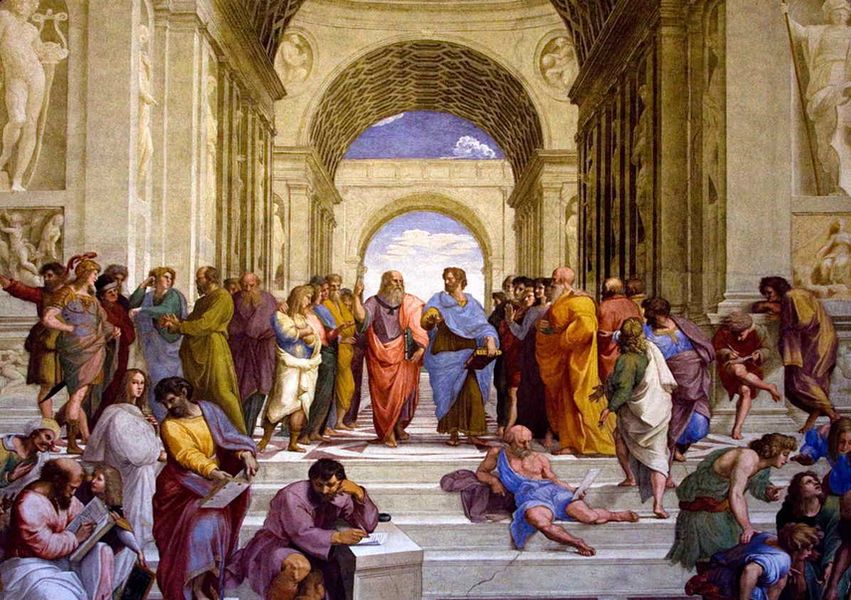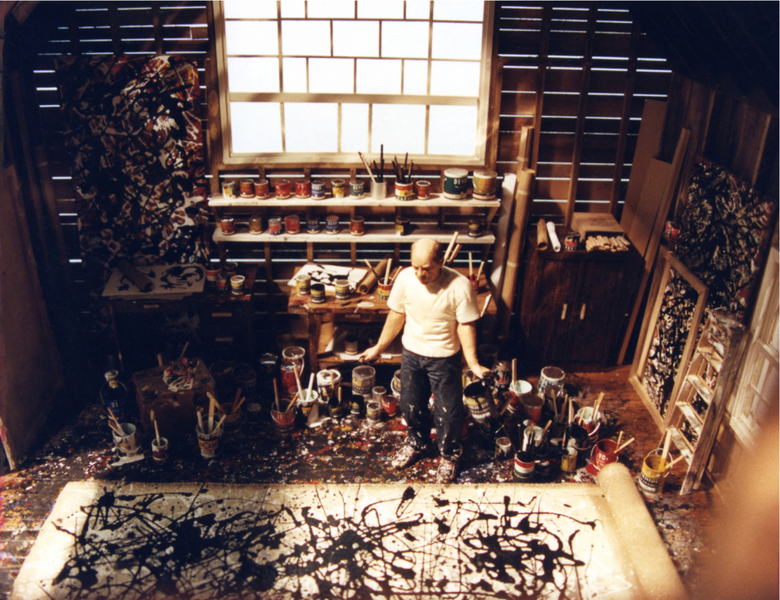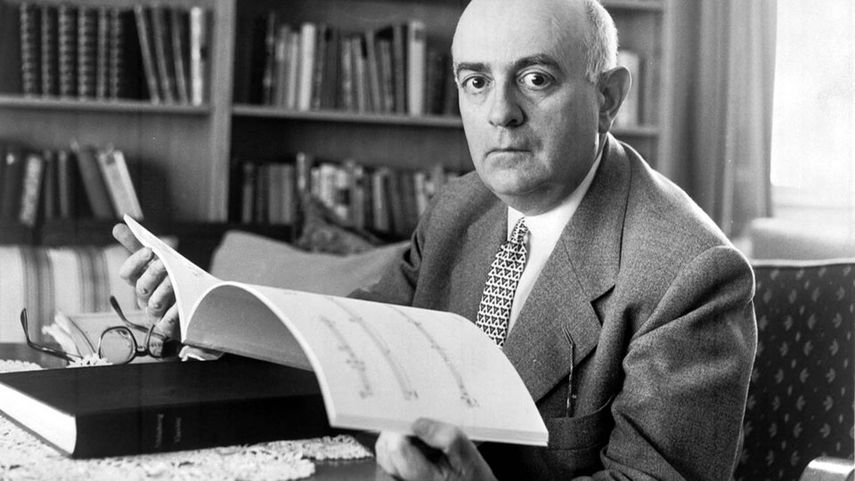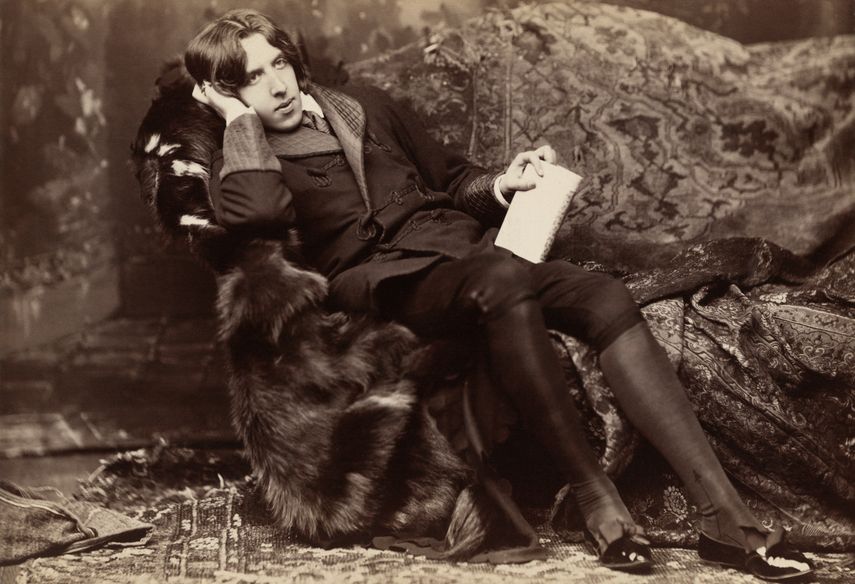Istory Tells You What Happened and Art Tells You How We Felt About It
What is art? The question that has been troubling the humanity for centuries. The nature of art has been described by philosopher Richard Wollheim every bit 'one of the nigh elusive of the traditional bug of human culture'. The definition of art is open, subjective and debatable. Throughout the history of art, artists themselves have been pushing the boundaries of each definition and challenging our preconceptions. As the concept of art has been changing through centuries, its purpose has been divers equally to represent reality, communicate emotions or ideas, create a sense of beauty, explore the nature of perception, explore formal elements for their own sake, or just being nonexistent. The part of fine art has been changing over time, acquiring more of an aesthetic component here and a socio-educational function in that location. There is no understanding between philosophers, art historians and artists, and thus, nosotros are left with so many definitions.
Since the rise of the advanced, Western tradition has been evolving to the point where anything can be presented every bit an art object, and where the part of the artist is field of study to multiple interpretations. In 1981, the German language-born American fine art historian Peter Selz wrote: 'If one full general argument can exist made about the fine art of our times, it is that 1 by one the old criteria of what a work of fine art ought to exist have been discarded in favor of a dynamic arroyo in which everything is possible'.

Art Equally Mimesis
The idea of art equally an faux, that dominated throughout centuries of art history, dates back to ancient Greece. Plato didn't wait as well fondly on art. Regarding all art forms as instances of 'mimesis' or imitation, he criticized them for failing to describe the eternal ideal realities that he referred to as 'forms' or 'ideas'. Since life itself was just a mere and poor copy of perfect ideal forms, the art as a copy of a re-create was simply a third removal from the reality and truth. Similarly, Aristotle traces art back to the love of imitation and recognizing likenesses which characterizes humans. But for him, art was not mere copying. As a realization in the external grade of a true idea, art idealizes nature and completes its faults seeking to grasp the universal type in the individual miracle. 'The aim of art is to stand for not the outward appearance of things, merely their inward significance', Aristotle wrote.The theory of art equally an imitation of beauty or nature was persistent throughout the history of art. In Lives of the Painters Renaissance painter and art historian Giorgio Vasari wrote 'painting is just the simulated of all the living things of nature with their colors and designs but as they are in nature'. It wasn't until the beginning of the 19th century and the ascent of Romanticism that this idea started to fade away and much greater emphasis was placed on the expression of the artist'south emotions.

Fine art As a Course of Expression
Born out of Romanticism, the expression theory of art defined information technology as the ways of portraying the unique and private emotions of artists. Tolstoy's definition of art in his piece What Is Art? was very much out of this mould: 'Fine art is a human action, consisting in this, that one person consciously, by certain external signs, conveys to others feelings he has experienced, and other people are affected by these feelings and live them over in themselves'. Argued that expression theory restricts artists to the expression of feelings and emotions, later theorists emphasized that art can express not but feelings and emotion only also ideas. In 'Sentences of Conceptual Art' in Art and Its Significance, American artist Sol Le Witt stated: ' Ideas alone tin be works of art….All ideas need not be fabricated physical.…A piece of work of art may be understood as a conductor from the artist's mind to the viewer's. But it may never reach the viewer, or it may never get out the artist'due south mind'.
As a way of expressing emotions and ideas, fine art is also a powerful means of communication. Making an impact on the sensory perceptions of others, a work of art should arguably communicate artist's emotions or feeling. Centuries before the expression theory, Leonardo da Vinci stated that 'art is the Queen of all sciences communicating cognition to all generations of the globe'. In the to a higher place-mentioned piece, Tolstoy wrote: 'To evoke in oneself a feeling one has experienced, and…then, by means of movements, lines, colors, sounds or forms expressed in words, and then to transmit that feeling—this is the activity of fine art'.

Art and The Truth
Thinkers influenced by Martin Heidegger have interpreted art every bit the means by which a customs develops for itself a medium for self-expression and estimation. For Heidegger, fine art either manifests, articulates or reconfigures the style of a civilisation from within the world of that culture. In this sense, fine art is capable of revealing someone else's world and producing a shared understanding. Much earlier Heidegger, Hegel thought art expresses the spirit of particular cultures, also as that of individual artists and the full general human spirit. Putting an emphasis on the historical development of ideas and of consciousness, he saw an artistic expression as a kind of a climax of the history of the human spirit that reveals the truth in an intuitive mode.
Art oftentimes revolves around the search for truth and significant in 1'southward life. But can a piece of work of art produce the truth? While Plato thought it cannot, Hegel and some other thinkers thought differently. The notion of truth in art is not a thing of authentic representation in an empirical way, but art can express a deeper sense of reality and convey certain knowledge. In Fire and Ice: The Art and Thoughts of Robert Frost , the American poet Robert Frost wrote: ' To me the thing that art does for life is to clean it – to strip it to form'. Similarly, Pablo Picasso idea that 'art is a lie that makes united states of america realize the truth, at to the lowest degree the truth that is given us to sympathise'. Since artists and their audience share the material world in which they alive, art can contribute to the change of that world and the full general sensibilities and attitudes. As Paul Klee wrote in The Inward Vision, 'art does not reproduce the visible; rather, it makes visible'.

Art Shaping The World
Speaking in Marxist terms, fine art can exist understood every bit a part of the superstructure or as part of the material basis. Or in other words, information technology tin can exist understood equally an ideology or as technology. Fine art as an ideology contributes to the reproduction of the current social conditions, while the art in the material ground seeks to alter them. Encouraging individuals to call back outside the limits to which their thoughts are regulated by the systems of ability, fine art serves to eradicate the 'demystification' nowadays in capitalist society. The writings of Marx and Engels on fine art were both limited and significant, but other Marxist theorists continued to develop the Marxist theory of art. For Adorno, politically engaged art is a partial corrective to the broke aestheticism of the majority of mainstream art. Every bit he wrote, 'all art is an uncommitted crime', pregnant that fine art challenges the status quo by its very nature and engages with an already existing ideology and dominant discourse. Thus, art should be critical and should interrogate the world, rather than seek to explain information technology, or as Brecht wrote: 'Art is not a mirror held up to reality but a hammer with which to shape it'.

So, What Is Art?
Whatever art is, it is inherent to human being existence. Dostoevsky wrote: 'Art is as much a need for humanity as eating and drinking. The need for beauty and for creations that embody it is inseparable from humanity and without it human perhaps might non desire to alive on globe. Man thirsts for beauty, finds and accepts beauty without any conditions only only every bit it is, but because it is beauty; and he bows down before it with reverence without request what use it is and what 1 tin can purchase with it'. For Nietzsche, 'art is essentially the affirmation, the blessing, and the deification of existence'. Art is a ways of coping with the world nosotros live in, our ain existence and making sense of it all. American novelist Saul Bellow wrote that 'art has something to practise with the achievement of stillness in the midst of chaos'. On the other hand, for Oscar Wilde, 'fine art is the most intense mode of individualism that the globe has known'. Art is too an attempt at immortality, or equally French novelist Andre Malraux wrote, 'art is a revolt, a protest against extinction'. Art is all those things and then many others. Transcending a solipsistic view of life, art has the ability to chronicle to the world and each other with more integrity, more than marvel, more wholeheartedness. And by doing so, it makes our lives infinitely rich.
Source: https://www.widewalls.ch/magazine/what-is-art
0 Response to "Istory Tells You What Happened and Art Tells You How We Felt About It"
Post a Comment